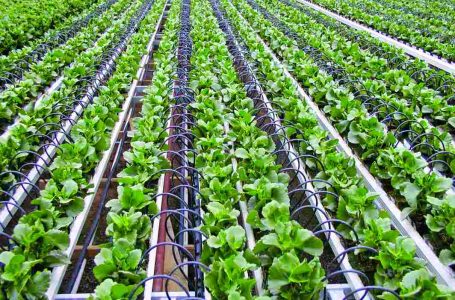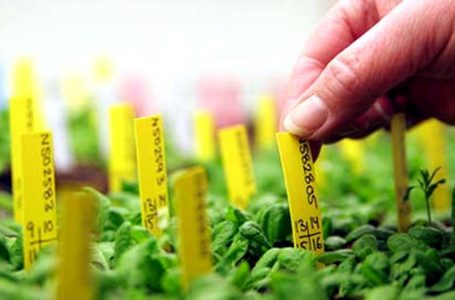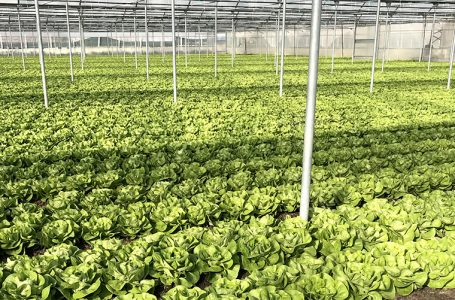Microalgae: high quality raw material with immense potential.
Pelargonic acid is a product of natural origin, the active ingredient is a saturated fatty acid, whose aliphatic chain is 9 carbon atoms, in fact it is also known as, “nonanoic acid”. It is a substance extracted through physical methods from mainly plant sources: brassicaceae, sunflower seeds and cardoon. Nonanoic acid can also be of animal origin, the sources of extraction can be different, for example, whale fat. The most well-known field of the use of pelargonic acid is that of weeding, both agricultural and extra-agricultural.
Its operation is based on the degradation of the waxy part of the plants and cell membranes with a subsequent and complete dehydration of plant tissues. It is therefore a non-selective molecule with a broad spectrum of action, which acts only in post-emergency, therefore on a developed plant. The plant withers within a few hours, and dries over a few days.
Pelargonic acid has been introduced in many municipalities and companies specializing in the maintenance of green roads and highways. The rapidity of the action has made it possible to immediately see the quality of the product, and this has widened the request.
There are various concentrations of nonanoic acid on the market, the formulations available are:
- Emulsion concentrate
- Soluble concentrate
- Liquid ready for use
RANGE OF ACTION
Leaf herbicide with contact activity, non-selective. It is effective against a wide spectrum of annual and perennial mono and dicotyledonous pests, mosses and algae.
The action is particularly effective against young and actively growing weeds. The product has no residual effect and the regrowth of controlled weeds could occur, in which case, the treatment should be repeated. The herbicidal action of the product occurs within a day.
METHOD OF USE
Efficacy on dry vegetation, preferably in the morning with a temperature upper at 10°C, using distribution equipment equipped with fan nozzles with an operating pressure of 2 to 2.5 bar to avoid striking crops if they are not well lignified. Use nozzles suitable for weeding with a capacity not exceeding 300 L / ha.
Before carrying out the applications, we always recommend carrying out a blank test and ground speed calculations to check the capacity of your equipment. It can be included in the fight programs that include both mechanical weeding and alternation with other herbicide products with different action mechanisms.
It is a very technical product, the quality and maintenance of the equipment is vital for its application. The product can also be used to control algae and moss on lawns and all lawns in general.
We always recommend reading the entire label carefully and following all the necessary precautions before using these types of products.
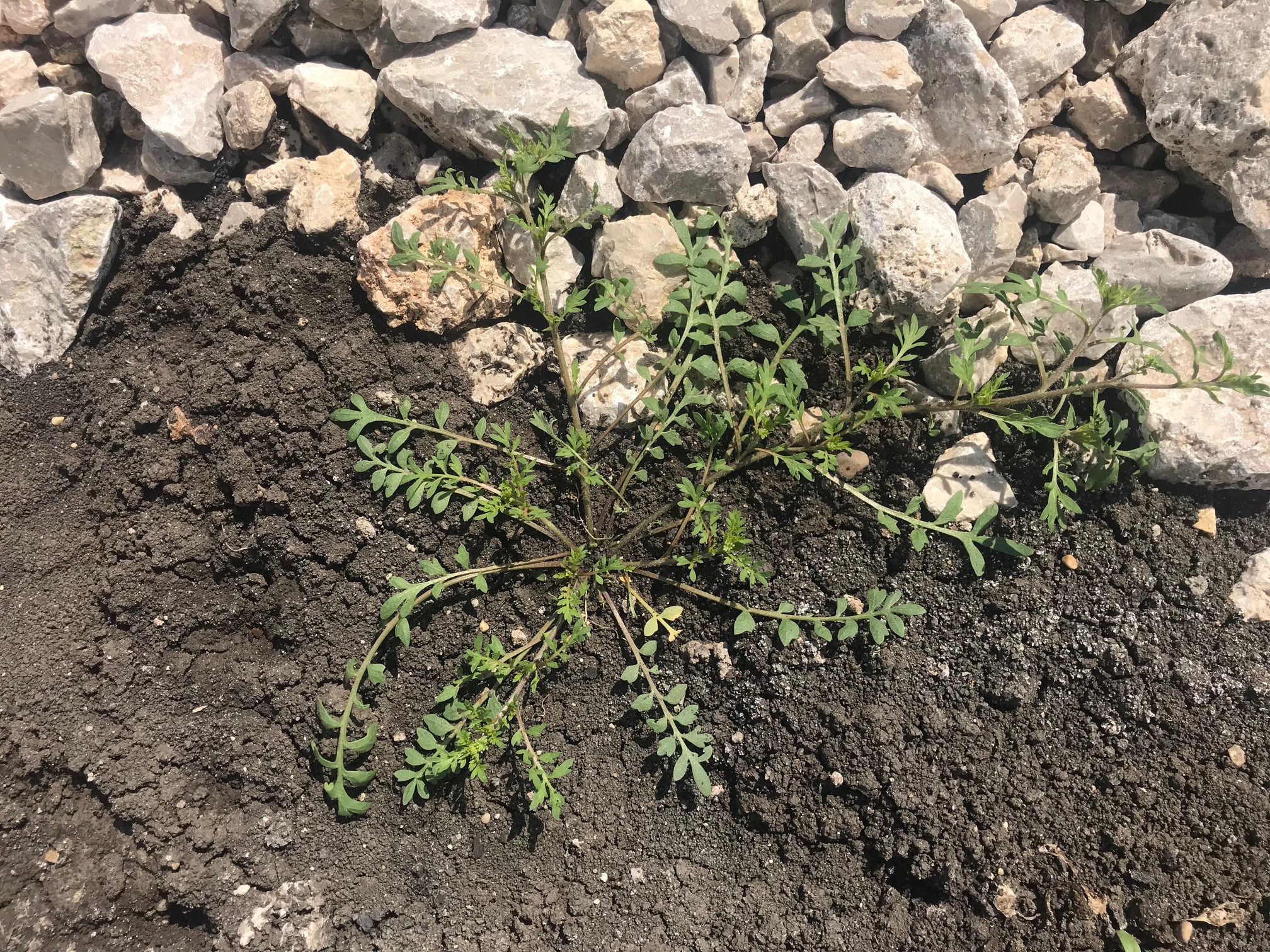
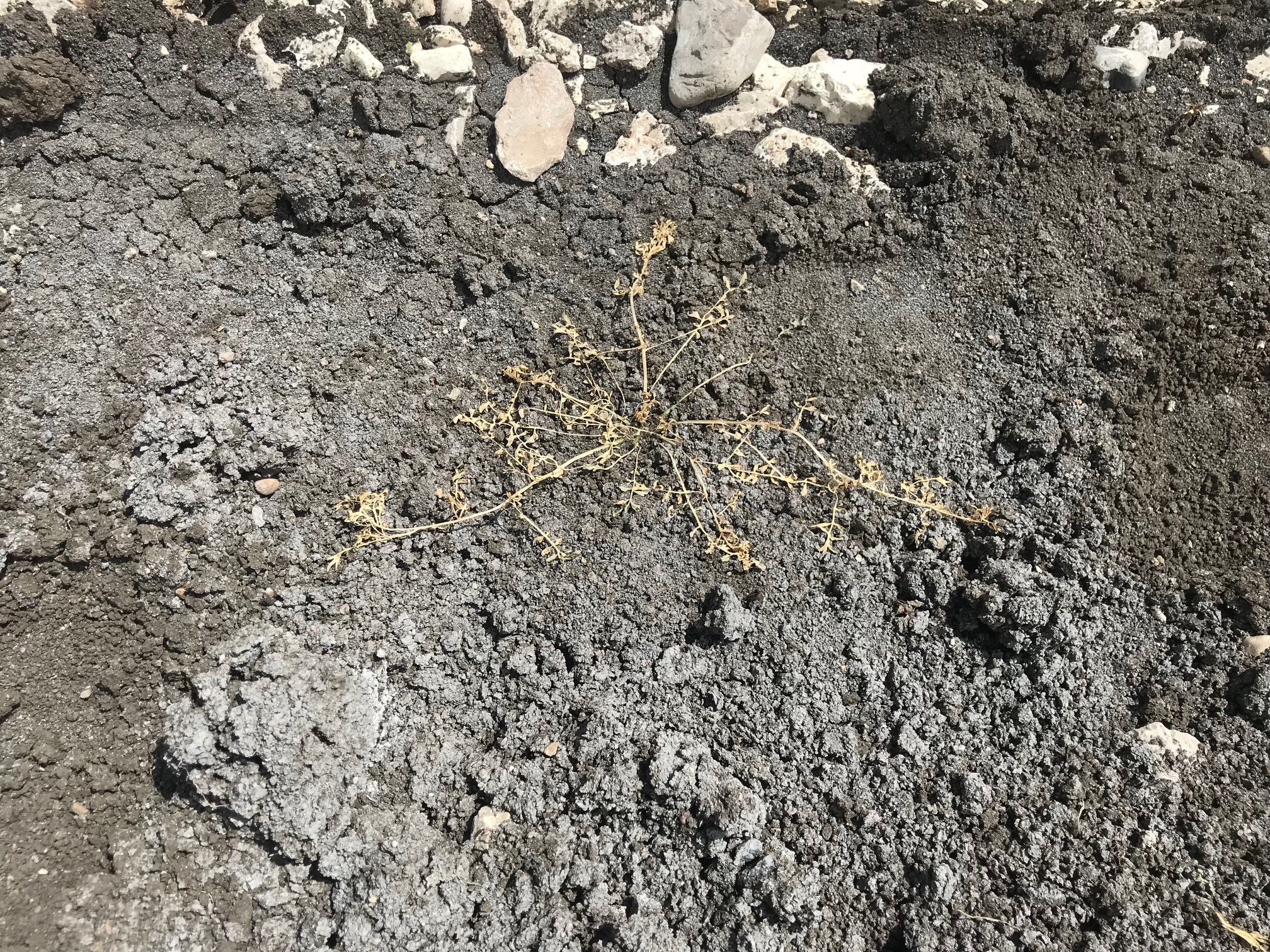
PHYTOTOXICITY
The product is not selective and therefore during treatment, it is necessary to prevent the product from coming into contact with neighboring crops.
What goes in favour of this product is the combination of the advantages of a chemical medium and at the same time of a product of natural origin. Its ecotoxicological profile poses no problems, it does not have any residual effects and the DT50 is two days; the only attention required is to “handle with caution,” because it has an acid pH.

